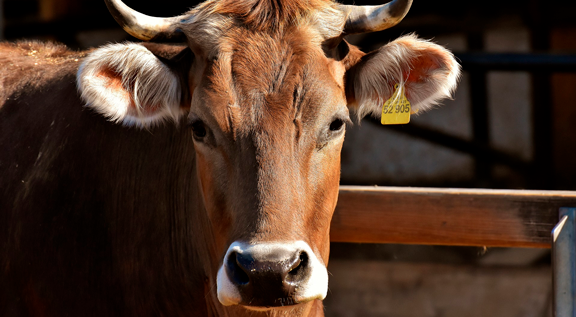
Image: Pixabay
For the report, the BfR focused on four parameters.
Antibiotics are used less and less in fattening animals. This is the result found by the report “Treatment frequency and consumption quantities of antibiotics 2018–2021: Trends in cattle, pigs, chickens and turkeys raised for meat production”, by the German Federal Institute for Risk Assessment (BfR). The BfR is tasked with evaluating the data on antibiotic use provided by the German federal states each year, as well as conducting an antibiotic resistance risk assessment.
{module Form RD}
In its recently published report, the BfR considers data from the years 2018 to 2021 and compares it with the year 2017. “The good news is that the overall consumption of antibiotics is decreasing in the farm animal species considered, albeit with fluctuations. » . says Professor Dr. Annemarie Käsbohrer, Head of the Epidemiology, Zoonoses and Antimicrobial Resistance Unit, who prepared the report.
The appearance of antibiotic-resistant germs in animals destined for slaughter is also decreasing. “However, this decline differs between animal categories and does not reflect the observed decline in consumption. We need to better understand germ resistance behavior and intensify efforts to reduce it in order to achieve a long-term decline.” in the resistance rate”, says Käsbohrer.
For the report, the BfR focused on four parameters. First, treatment frequency at the farm level was considered. This value indicates how many days in a period of six months, on average, a substance with an antibiotic effect was applied to an animal from a category of animals on a farm.
These values were calculated for chicken and turkey fattening, piglet and pig fattening, as well as calf and cattle fattening.. This also made it possible to identify farms that did not use antibiotics for a period of six months, so-called zero-user farms. Furthermore, the BfR investigated in which categories of animals antimicrobial substances are most used (frequency of treatment in the entire population) and how consumption quantities evolved over the period.
Source: Leonardo Gottems | agrolink










